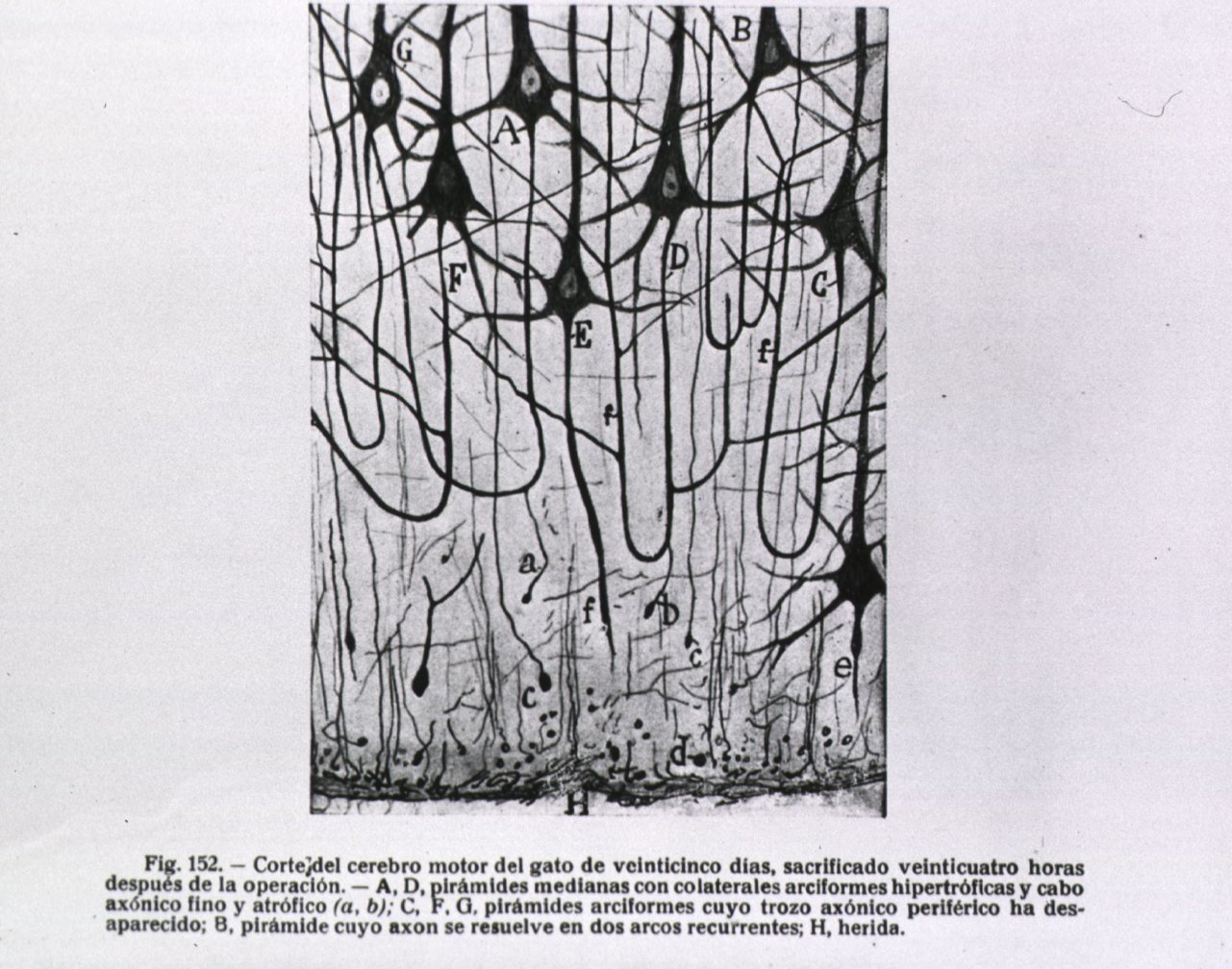Welcome to the Un-Verse
Where everything is bent backward, and physics defies all logic.
Hello, fellow earthlings, I am Marisa Connors, but you can call me Mars. I am a student at UAF who is more of an art admirer than an artist. If I have an art in anything, it would be the art of conversation. Although I have experience in acrylic painting, collage, watercolors, line art, and stipple. Currently interested in experimenting with gouache.
I am creating this blog per course requirements, but I also hope to channel my previous studies in STEM and pay homage to the weird and wonderful world it creates. A place where you lose your mind over Ohm's Law and count your blessings that you added up those resistors right because the schematics are missing 😳
And I don't think anyone could say it better than Wilczek;
"It is sometimes said that science and art are fundamentally different in their approach and their dominion, since science strives to be objective while the art is inherently subjective. The science of perspective demonstrates the superficiality of such claims. With perspective, our concern is how a scene actually looks to a particular person from a specific vantage point. It might be defined, indeed, as an objective study of subjectivity."
So, I welcome you to my little slice of insanity, where perception and reality often question one another. Enjoy the blog!
Cited Sources:
Wilczek, Frank. “Why Physics Needs Art to Help Picture the Universe.” Interalia Magazine, Interalia Centre, 20 Jan. 2020, www.interaliamag.org/articles/frank-wilczek-why-physics-needs-art-to-help-picture-the-universe/.
Unknown Author. “The Nobel Prize in Physiology or Medicine 1906.” NobelPrize.Org, Nobel Prize Outreach AB, www.nobelprize.org/prizes/medicine/1906/cajal/photo-gallery/. Accessed 23 May 2024.
Cook, Matthew. “Understanding Schematics - Technical Articles.” All About Circuits, Technical Article, www.allaboutcircuits.com/technical-articles/understanding-schematics/. Accessed 23 May 2024.



This comment has been removed by the author.
ReplyDeleteYou're going to have fun with this class. You can pick for a choice of topics for many of the blogs, and science is given as a choice for several of those posts. Additionally there are 3 blog posts where you can easily include a discussion of science and the arts.
ReplyDeleteAwesome! I am looking forward to it.
DeleteYou successfully twisted my brain with diagrams and your talent with words! I bet you are an amazing conversationalist (which truly is an art). I look forward to reading and learning from you this summer about the intersection of perception and reality at the crossroads of art and science!
ReplyDeleteThank you so much, Lily! I appreciate your feedback and kind words. I look forward to hearing about what you think of my future blogs!
DeleteHey Mars,
ReplyDeleteIt’s incredible how art and science go together, and even music. I do a lot of construction projects and remodels, and I realize how much art, geometry, etc., goes into the utilization of space, layout, color schemes, mood, lighting (natural or artificial), and feel of the product for different spaces in and around the home. I’m excited to learn from you as you make the art-science connection. Good luck this semester!
Hi Mars!
ReplyDeleteI love this combination between art and the sciences. I think the human aspect of the sciences is as important as the sciences to art. My degree is in philosophy of science, and a great deal of what I do in my day-to-day studies is using argumentative logic to show how inherently subjective science is in its attempt to reach objectivity. The topic of your blog is fun to me because it definitely highlights how we are all human, and humans are inextricably linked to subjectivity. The art that goes into the sciences to represent things in physics or chemistry is a great path to understanding how subjectivity is in everything (which comes with beauty and dangers)! Thank you for your post, and I look forward to hearing more from you!
-Andy